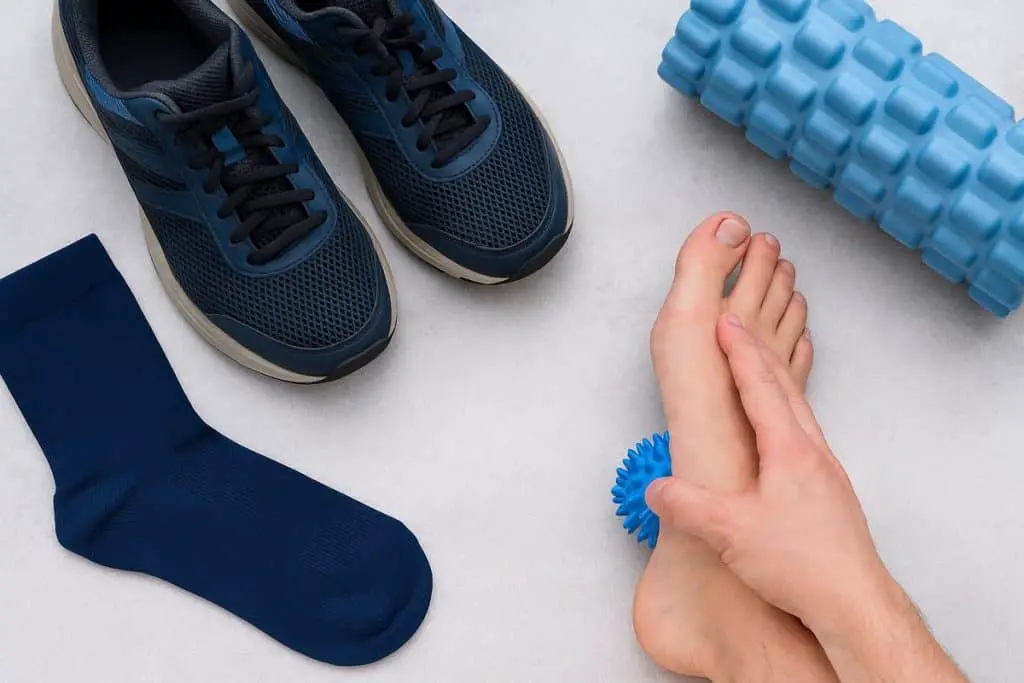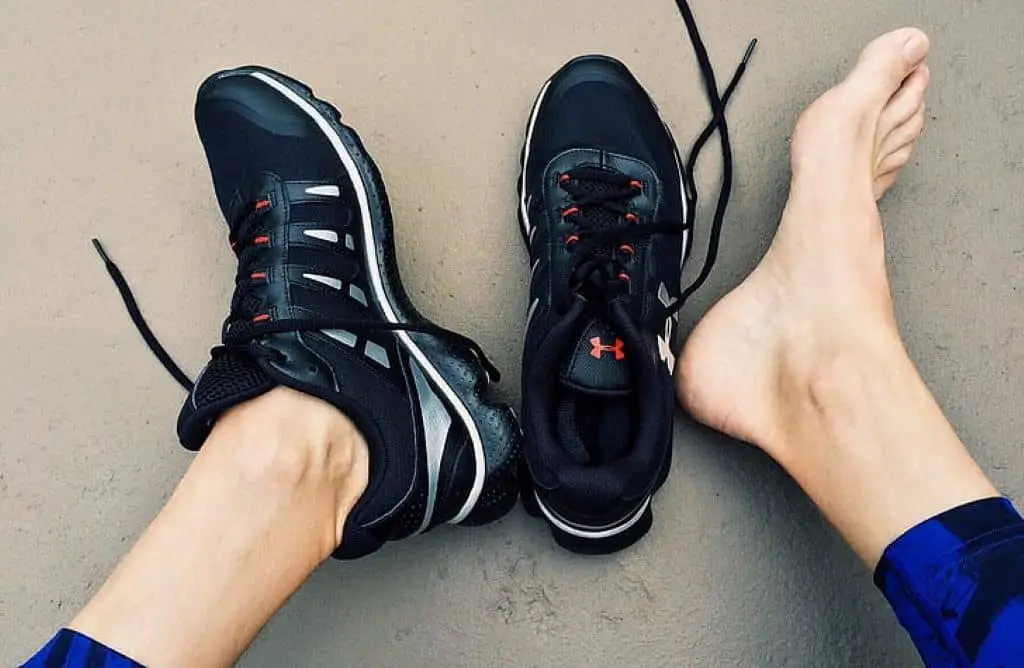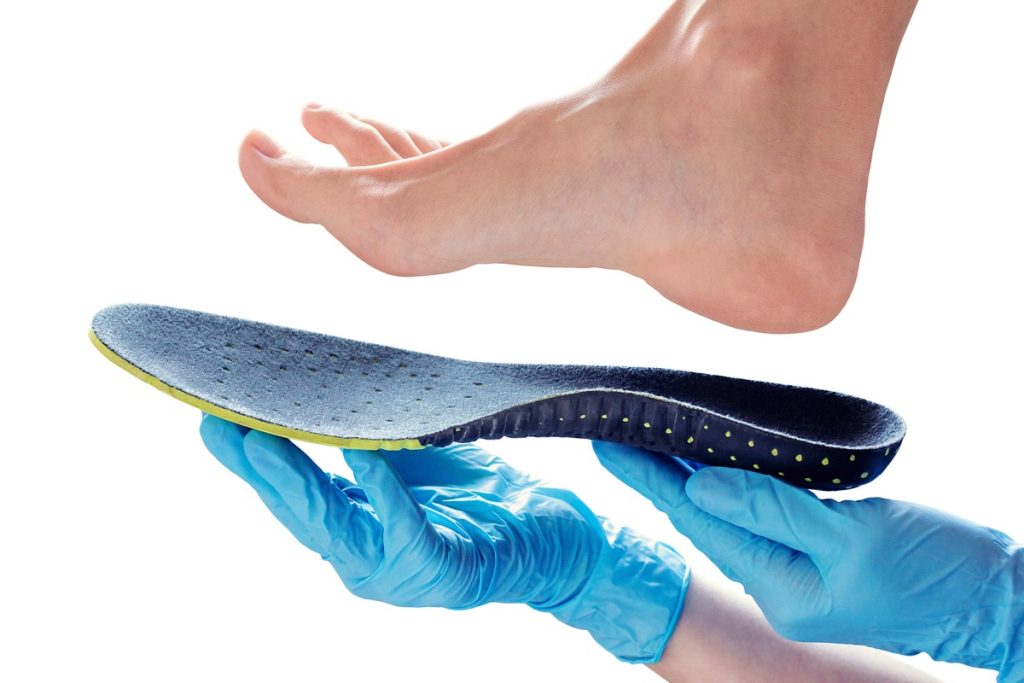Last Updated on May 22, 2025 by Andy Walker
If you’re dealing with plantar fasciitis, I don’t need to tell you how frustrating it is. The sharp pain in the heel. The limp in the morning. The sidelined training. As a running coach, I’ve seen hundreds of runners go through it—and come out the other side stronger.
Recovery takes time, but there are clear signs you’re healing. In this guide, I’ll walk you through how to spot those signs, what they mean, and how to accelerate your healing using the same techniques I recommend to my athletes.
Let’s get you back on your feet—with less pain and more power.
What Is Plantar Fasciitis, and Why Does It Hurt So Much
The plantar fascia is a thick band of tissue that connects your heel bone to your toes, acting like a shock absorber when you walk or run. Overuse, tight calves, poor footwear, or ramping up mileage too fast can lead to microtears and inflammation.
This causes that infamous stabbing pain—especially in the morning or after long periods of sitting.
For more on how it starts, see my go-to explainer: What Is Plantar Fasciitis?
Signs Your Plantar Fasciitis Is Healing
Healing is a process, not a switch. Here are the most common signs my athletes notice when things are improving:
You Feel Less Pain in the Morning
Most runners I coach describe the pain as feeling like a “knowfe in the heel” when they first get out of bed. One runner even told me it felt like being attacked in the foot by an angry porcupine—which, honestly, isn’t far off. That sharp, jarring sensation is one of the hallmark symptoms of plantar fasciitis.
So when you start noticing that your mornings aren’t as painful—that you can shuffle to the bathroom without wincing or limping—you’re likely heading in the right direction. Less morning pain is often one of the earliest and most encouraging signs of recovery.
Pain After Sitting Decreases
If you’re healing, that post-lunch “stand-up wince” becomes more manageable. The fascia is starting to tolerate pressure again.
You Can Walk Longer Without Flare-Ups
If you previously had pain after 10 minutes on your feet but now make it through a grocery store run without a problem—that’s a big win. Increased load tolerance is a major milestone.
Swelling and Tenderness Go Down
Check your heel: Is it still puffy? Do you wince when you apply pressure? If that inflammation is reducing, your body is actively repairing the tissue.
Your Calf and Arch Flexibility Improve
Try this stretch: stand on a stair and drop your heels gently. If you can go deeper into the stretch without pain, your fascia and calves are loosening. More mobility = less strain.
Less Pain After Exercise
You’ll know things are improving when a recovery walk or short run doesn’t punish you the next day. Mild soreness is fine—sharp heel pain is not. The reduction in “next-day pain” is a green flag.
Plantar Fasciitis Healing Progress Table
Use this chart to track your recovery milestones and get a sense of where you’re at:
Healing Sign | What It Means | Typical Timeline |
|---|---|---|
Less morning pain | Fascia inflammation is calming down | 2–6 weeks |
Reduced pain after sitting | Increased resilience and blood flow | 3–6 weeks |
Swelling/tenderness fading | Active healing, lower inflammation | 4–8 weeks |
Able to walk farther pain-free | Fascia strength returning | 4–8 weeks |
Less pain after workouts | Your feet are adapting again | 6–12 weeks |
Back in regular shoes (part-time) | Relying less on corrective footwear | 2–3 months |
Arch/calf stretch improves | Fascia tension easing | 2–4 months |
How to Speed Up Plantar Fasciitis Healing
If you want to heal faster—and smarter—here’s what I tell my runners to do religiously. These aren’t optional. These are your treatment pillars.
Regular Tissue Massage
Grab a lacrosse ball or foot roller. Apply moderate pressure along the arch and heel for 1–2 minutes per foot, twice a day.
Coach tip: Freeze a water bottle and roll it under your foot—massage plus icing at once.
Icing
Ice your heel for 15 minutes, especially after walking or standing for long periods. Don’t go barefoot on hard floors.
Stretching
Tight calves = overloaded plantar fascia. Stretch your calves, Achilles tendon, and bottom of your foot at least twice daily. Hold for 30 seconds.
Key stretch: Place toes on a wall, heel on the ground, and lean in. You’ll feel it instantly in the fascia.
Rest and Cross-Training
Take a break from running and high-impact sports. Opt for swimming, cycling, or rowing to stay active without impact.
Wear the Right Shoes
You wouldn’t run a marathon in flip-flops, right? Healing feet need support, structure, and cushion.
Check out these trusted recommendations I give all my injured runners:
- Best Walking Shoes for Plantar Fasciitis
- Best Men’s Walking Shoes for Plantar Fasciitis
- Best Running Shoes for Plantar Fasciitis – 2025
- Best Dress Shoes for Plantar Fasciitis
- Best Sandals for Plantar Fasciitis
- Best Socks for Plantar Fasciitis
Bonus tip: Use orthotic inserts if your arches need a lift. They work especially well in neutral running shoes.
More Resources
If you’re brand new to this injury or just want some more useful info, use these articles we produced for runners and walkers like you:
Now You Are Healing…
If you’re seeing any of the signs above—even one or two—it means your hard work is paying off. Stay consistent. Don’t rush back to running full-time. Trust the process. Your plantar fascia didn’t get inflamed overnight, and it won’t heal overnight either. But with the right tools, habits, and mindset, you will get back to doing what you love. And when you do? You’ll be smarter, stronger, and more resilient than ever.


